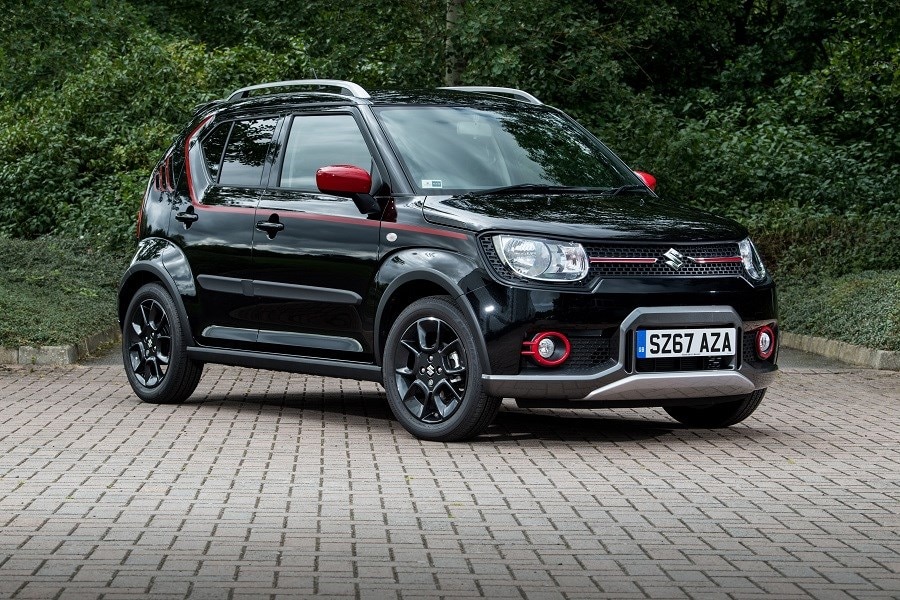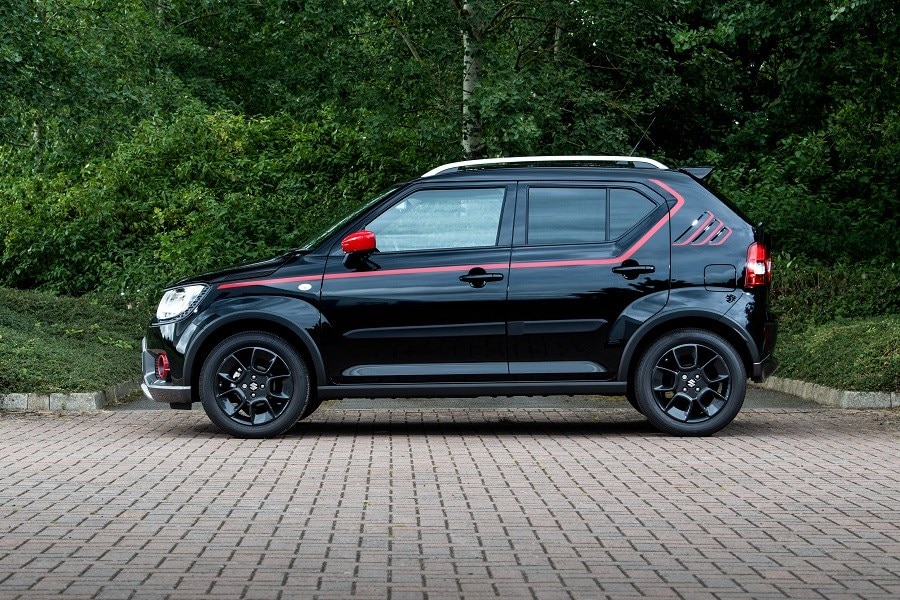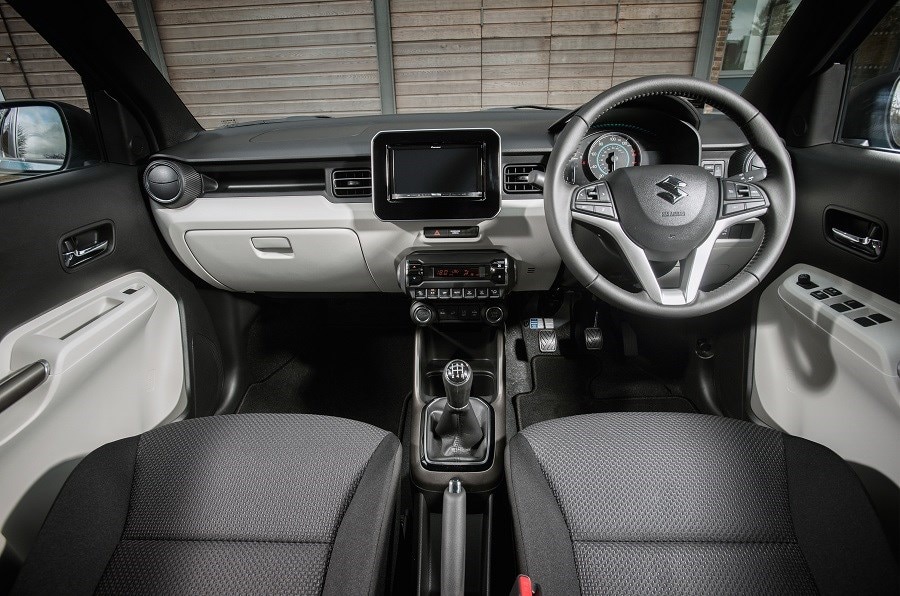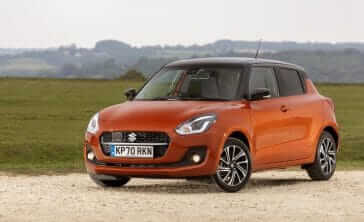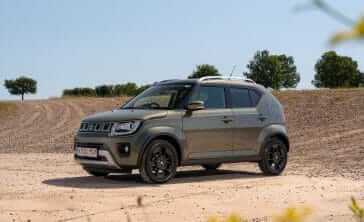Latest model
The Ignis hasn’t been on sale for long, so it hasn’t had any facelifts yet.
The only change that’s happened since launch is the introduction of the special edition Ignis Adventure. It’s a trim that’s based on the SZ-T, which means that it comes with a rear-view camera, 16-inch alloys and roof rails. It adds a rear spoiler, side mouldings, as well as individual decals. It went on sale in 2018, and is certainly the most vibrant-looking Ignis on sale.
The model has been applauded, and even made it into the final shortlist for the 2017 World Car of the Year awards.
Value for money
On paper, the Ignis looks quite expensive. Compared to the similarly-sized Celerio city car –which is available for under £8,000 - the Ignis looks a touch more expensive at a starting price of £10,499. That said, the Ignis is appealing to a different group of people who fall for its SUV charm and superb practicality.
It also comes with an impressive amount of equipment for a model of its price point. The entry-level model comes with air-conditioning, Bluetooth, a DAB radio and automatic lights as standard, and the SZ-T and range-topping SZ5 trim levels are also well-equipped. These models add smartphone connectivity in the form of Apple CarPlay, Android Auto and MirrorLink technology.
You can pick up the original Ignis for under £500, but here we’re focusing on the latest model which can be picked up from £8,000. That money would buy you a 2017 car in the entry level trim level with just 5,000 miles on the clock. We would recommend stumping up a bit more cash for the SZ-T model, which starts from around £9,000. Base models registered within the last 12 months also fetch roughly £9,000 on the used market, so while savings are available on nearly-new options, they’re not particularly notable.
Looks and image
The styling of the Ignis is delightfully quirky. Its chunky wheel arches, louvres on the rear three-quarter and tiny dimensions give it a unique edge, making it quite distinctive on the road.
It’s very characterful and comes in a range of vibrant colours, although it’s styling might be a bit too over the top for some. It’s certainly a divisive car from a styling standpoint, but we love that Suzuki didn’t follow the crowd with this model.
The flair also extends to the interior, where you’ll find a colourful two-tone dashboard; colourful orange or silver accents can be added around the gearstick and grab handles, too. Unfortunately, it’s let down by some cheap-feeling plastics, which are scratchy to the touch. That said, it’s more or less forgivable on a car of this price.
What’s not so easy to forgive is the touchscreen, which is fitted to SZ-T and SZ5 models. It’s an aftermarket Pioneer unit, and not only does it look like an afterthought, but it is very fiddly to use and not overly responsive. On the plus side, you get good smartphone connectivity on these two trim levels.
Around town, the Ignis is hugely fun to drive. It’s nippy, easy to park and surprisingly peppy on narrower city streets. The steering is amusingly light and vague, but there’s still a lot of fun to be had with it at low speeds.
As with most cars of this size, it’s not quite so competent out on the open roads. It’s loud at speeds over about 60mph, as plenty of wind noise is created courtesy of the steep-sloped windscreen. That said, it’s very comfortable thanks to its soft suspension setup and cushioned seats.
